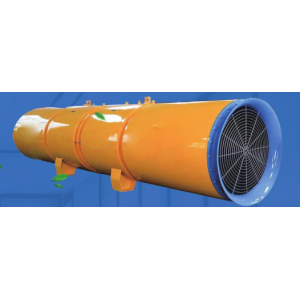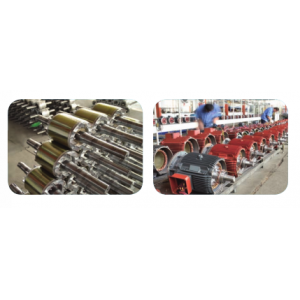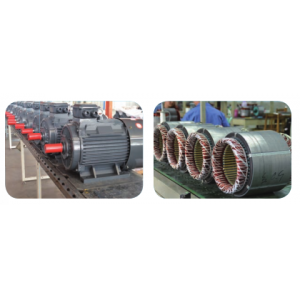Several tasks required befo the operation of fi exhaust fanption
Check the installation of the motor: to ensure that the motor is in the right position and firm and stable.If the motor is installed in an environment with a large humidity or a corrosive gas, special moisture -proof and anti -corrosion measures need to be taken.
2. Check the rotation direction of the motor: It is necessary to ensure that the rotation direction of the motor is consistent with the specified rotation direction, avoiding the reversal caused by mechanical failure or reducing the smoke discharge effect.
3. Check the installation of the fan: Make sure the installation of the fan is firm and stable, and avoid loosening or shaking during operation.At the same time, it is necessary to ensure that the entrance and export pipelines of the fan are closely connected and smooth, and there is no hinder the effects of the ventilation.
4. Check the bearing lubrication of the fan: Bearing is an important part of the fan that needs to be regularly lubricated to reduce wear.Before starting and debugging, the lubrication of the bearings should be checked. If the lubrication is insufficient, it should be supplemented with lubricating fat or replacing the bearings in time.
5. Check the control system of the fan: To ensure the normal operation of the control system of the fan, especially for the automatic control fire foam fan, check the working status of the control line and various control components before starting.
6. Check the safety protection device of the fan: to ensure the normal operation of the safety protection device of the fan, such as over -temperature protection, overload protection, short circuit protection, etc. These devices can effectively protect the fan and motor to avoid accidents.
7. Check the operating environment of the fan: To ensure that the operating environment of the fan meets the requirements, for example, when running at high temperature, low temperature, and strong corrosion, corresponding protection measures need to be taken to avoid damage to the fan and motor.
In short, before starting and running or before debugging, fire to smoke exhaust fan needs to be fully checked and debuged to ensure that each component and control system work normally. At the same time, necessary protective measures are taken to ensure the stability and safety of the equipment.
The above are some tasks that need to be done before the operation of fire exhaust fan operation
 Pipe connection method of air
Pipe connection method of air
 Installation and debugging of
Installation and debugging of
 Advantages and adjustment meth
Advantages and adjustment meth
 How to debug a centrifugal cur
How to debug a centrifugal cur

